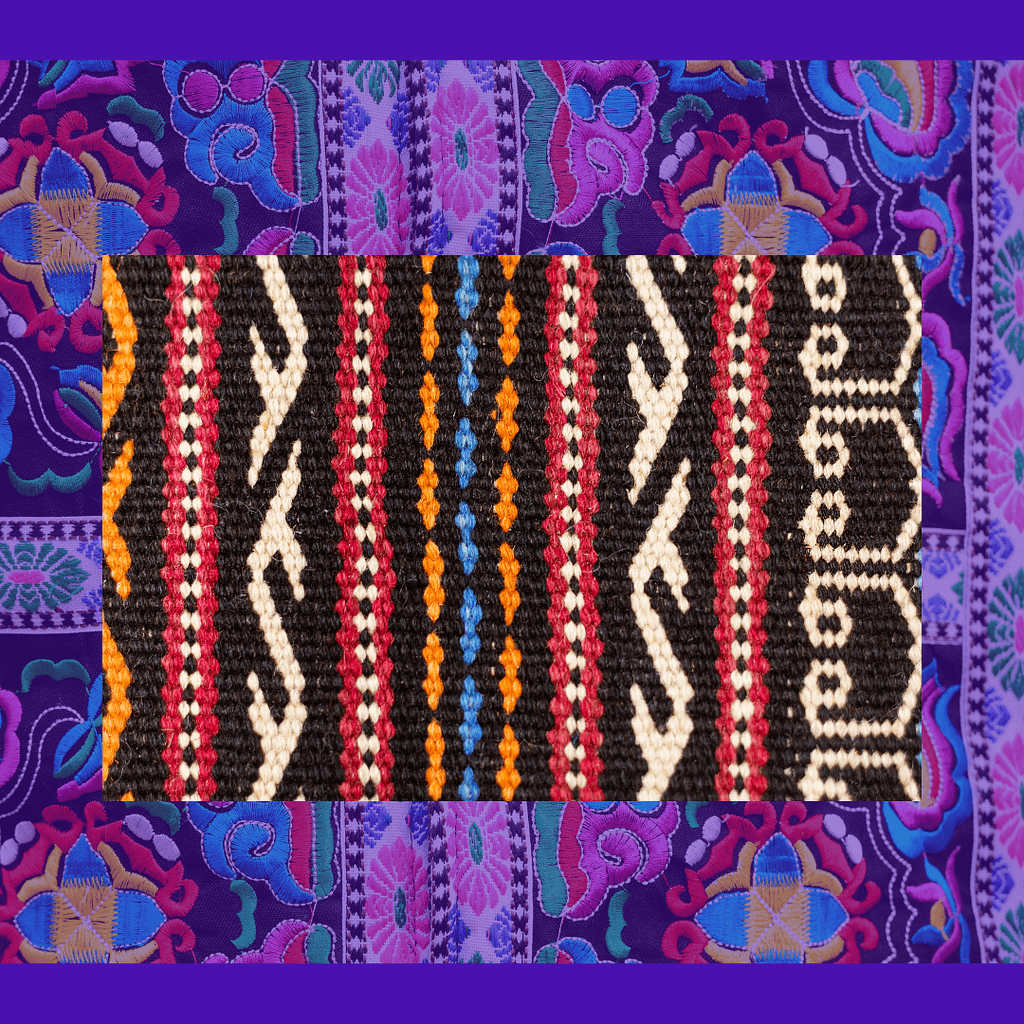
Archival Fashion of Lesser-Known Cultures: Exploring Traditional Costumes of Remote Regions and Their Modern Interpretation
Fashion often draws from familiar icons. Yet some of the richest sources of inspiration lie in remote regions and little-known cultures. Designers are now opening archives, visiting villages, and documenting traditional dress that has rarely appeared on global runways. This approach is called archival fashion of lesser-known cultures. It blends history with modern creativity and offers a more diverse vision of style.
Why Archival Fashion of Lesser-Known Cultures Matters
Traditional dress carries deep stories. Every stitch can signal identity, social status, ritual, or geography. When a designer studies these elements with respect, they gain access to unique patterns, techniques, and philosophies. This stands apart from mass-market trends that often recycle the same ideas.
Exploring hidden archives also helps preserve heritage. Many communities risk losing their textile knowledge as younger generations move to cities. Designers who document and revive these traditions contribute to their survival. They also introduce global audiences to authentic craft and symbolism instead of stereotypes.
In a world hungry for originality, such research creates fresh aesthetics. A jacket inspired by mountain herders in Central Asia or beadwork from an island community can feel both exotic and relevant. This is not about costume but about translating culture into modern design.
How Designers Research and Translate Remote Traditions
Working with lesser-known cultures requires care. Designers start by traveling to remote areas or connecting with local historians. They spend time observing ceremonies, learning weaving techniques, and recording oral histories. This is slow work, but it builds trust and understanding.
Once they gather material, designers face the challenge of transformation. They must decide how much to adapt. A sacred pattern may need to remain untouched. Other motifs can be abstracted or combined with modern cuts. This process demands sensitivity and innovation at the same time.
Many designers also involve local artisans directly. They commission fabrics, embroideries, or accessories from the communities they study. This keeps production authentic and supports local economies. It also ensures that profits and recognition flow back to the culture that inspired the design.
Modern Interpretations Without Losing Authenticity
The goal is not to copy but to converse. Modern fashion can honor tradition while creating something new. For example, a designer might use a traditional handwoven textile in a contemporary blazer. Another might adapt a ceremonial belt into a sleek accessory for urban wear. Respectful adaptation allows heritage to live on in new contexts.
Communication is key. Brands should tell the story behind each piece. This helps customers understand why the garment looks as it does and why it matters. Transparent storytelling also counters accusations of cultural appropriation. Consumers today value authenticity and ethics. Knowing that a dress is inspired by a specific village and made with its artisans gives it meaning beyond style.
Technology can assist too. Digital archives, 3D scanning of old garments, and online platforms make it easier to research and share heritage designs. But technology must complement, not replace, real human relationships with the communities involved.
The Future of Archival Fashion from Remote Cultures
Archival fashion of lesser-known cultures is still a niche but growing field. As globalization spreads, many traditions risk fading. Designers can play a role in safeguarding them. Future projects may include collaborative collections where communities co-own designs. This could ensure fair credit and long-term benefits.
Education is vital. Fashion schools can teach students about ethics, anthropology, and cultural sensitivity alongside pattern-making. Museums and archives can open their collections to emerging designers. Governments can support programs that fund research trips and craft revival projects.
Consumers also have power. By choosing pieces that respect heritage, they encourage brands to act responsibly. This demand can push the industry toward a more inclusive vision of style. In the long run, this benefits everyone. Fashion becomes not just global but genuinely multicultural, with room for voices and aesthetics that were once invisible.
Archival fashion from remote cultures reminds us that style is more than trend. It is a living record of human creativity. By engaging with it thoughtfully, designers can expand their vocabulary, communities can preserve their identity, and customers can wear garments with deeper stories.
